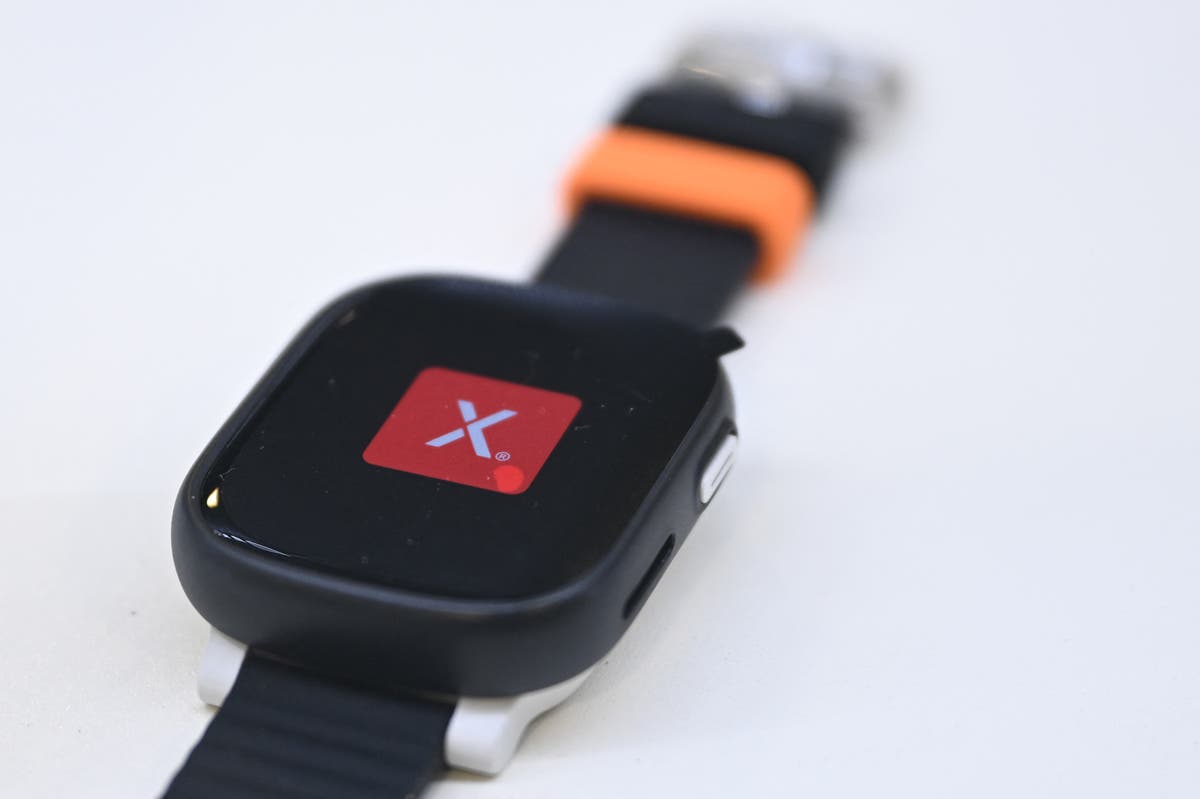As inflation cools and economic outlook improves across the country, several studies show that most Americans are ready to spend more this holiday season.
But Philadelphians are planning to be a bit more frugal.
Deloitte surveyed over 4,000 consumers, from Aug. 30 to Sept. 6, about their holiday shopping plans, and Philadelphia respondents expect to spend $1,777 this year — a 4% decrease from 2023.
Across the country, holiday shopping surveys show Americans will spend an average of $900 to $1,800 on retail, food, travel, and decorations. Philadelphia aligns with national trends but is expected to spend less than regional counterparts, said Jenna Pogorzelski, tristate retail media leader at Deloitte.
“Spending is actually down from last year for Philly, but it‘s very much worth noting that Philadelphia shoppers were planning to spend 20% more in 2023 than the year prior,” she said. “Our study shows there is local optimism about the economy ahead. We saw an increase in those expecting the economy to improve in the year ahead from 24% to 43% this year.”
Prices remain high compared to 2020, yet inflation has decreased from the peak of two years ago, when energy costs and other factors drove inflation to levels not seen since 1981. With inflation stabilizing, consumers can expect a similar shopping experience to last year, even if they plan to spend slightly less.
Here are four takeaways from holiday shopping trends this year.
/cloudfront-us-east-1.images.arcpublishing.com/pmn/HFZQ4E3UGRHU3DNLGBQIZTFGWY.jpg)
In PwC’s annual holiday shopping survey, male respondents said they plan to spend an average of $2,018, while women expect to spend $1,291. PwC attributes the growth in men’s spending to self-gifting, with 58% planning to buy footwear, 55% electronics, and 51% video games. Last year, PwC projected double-digit growth in women’s spending due to the “halo effect” of the Barbie movie and Taylor Swift’s Eras Tour, but this year spending is expected to decrease slightly.
/cloudfront-us-east-1.images.arcpublishing.com/pmn/UR6QQTF6MREGXH5AA56WMFTABM.jpg)
Nostalgia will bring Gen Z and millennials to retail stores
Gen Z is a rising force in holiday spending, with shoppers ages 17 to 27 willing to spend 37% more than in recent years, according to PwC. Younger consumers are also spending more time in stores, driven by a desire for nostalgia and comfort, said Ali Furman, PwC’s consumer markets industry leader. Brands are appealing to millennials and Gen Z with ‘90s-inspired products and social media campaigns that emphasize nostalgic themes.
This year, retailers are expected to enhance in-store experiences, offering exclusive items, streamlined online-to-store shopping, and improved displays, Furman said.
“Nostalgia and comfort are driving more people to the stores this year. People seek comfort and familiar routines and environments, and the tangible experience of in-store shopping provides that level of familiar comfort during times of uncertainty,” Furman said.
/cloudfront-us-east-1.images.arcpublishing.com/pmn/GEUYNDN2FRGKXIVJ24YFNT3DDI.jpg)
Millennials have long been the top holiday spenders, as budgets for people ages 28 to 43 grow larger while others, like Gen X and baby boomers, shrink their spending, possibly due to life milestones like having children in college or saving for retirement, Furman said of PwC’s findings.
Gen Z and millennials are predominately shopping online, being served ads to spend more. They’re more likely to spend money on travel for the holidays whereas older generations are more likely to host guests.
Additionally, almost half of Gen Z and more than a third of millennials will buy gifts for themselves, while only 24% of Gen X and 15% of baby boomers will “self-gift,” according to Deloitte’s survey.
/cloudfront-us-east-1.images.arcpublishing.com/pmn/DZMCFF5EZ5DD3E23DLGRSWNRDU.jpg)
For many, holiday gatherings are an essential tradition. Twenty percent of Philadelphians plan to host this season, with an average guest list of 12 and an estimated $290 in spending on food, decor, and other festivities. To manage costs, almost half said they’ll ask guests to bring items, and one in five said they’re inviting fewer people this year.
The vast majority of holiday hosts say gatherings are a vital tradition, and many are willing to spend more to ensure everything goes smoothly, Pogorzelski said.

/cloudfront-us-east-1.images.arcpublishing.com/pmn/VLJTQWOW2VGB7IYPSBEEWQ5C6Y.jpg)







